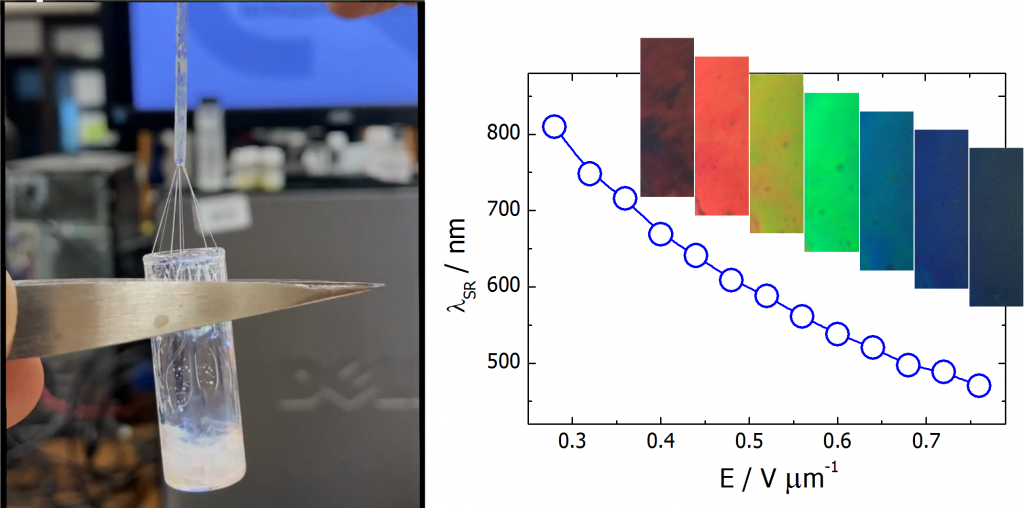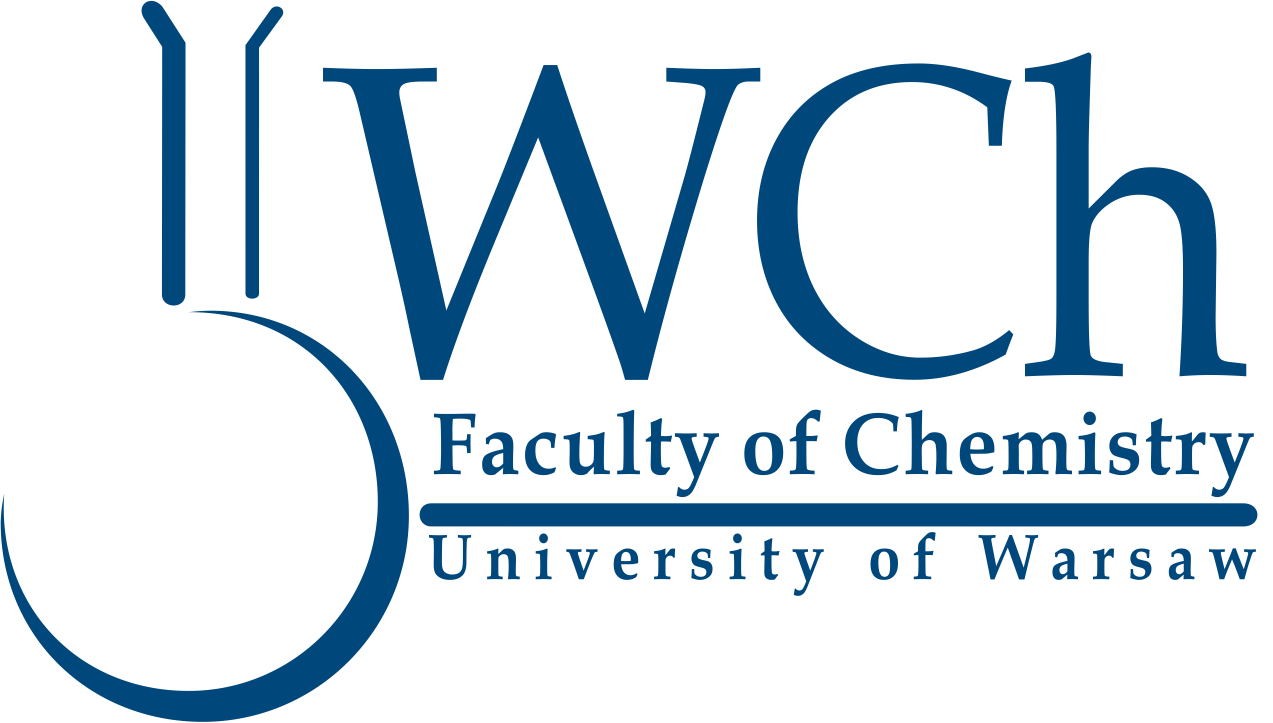Article in Science (2024)
10 06 2024
Scientists from the Faculty of Chemistry: Ewa Górecka, Jadwiga Szydłowska, Paweł Majewski, and Damian Pociecha, in collaboration with a team from the Military University of Technology led by Prof. Przemysław Kula, have discovered a new type of material – a ferroelectric nematic phase exhibiting a chiral, helical structure.
Although a helical structure is not unusual in nature, especially in materials made up of chiral molecules (DNA, proteins, sugars …), the mirror symmetry breaking effect described in the publication is spontaneous – it does not result from molecular chirality. Instead, for the first time, the formation of the helical arrangement in soft matter phase is caused by dipolar interactions between strongly polar molecules. The extremely high dipole moment of anisotropic molecules, combined with their orientational ordering characteristic of liquid crystalline phases, is also responsible for the ferroelectric properties of the new material, including a giant dielectric permittivity, over 100 times higher than that exhibited by typical polar liquids such as water or DMF.
Owing to the periodic, helical structure, the new liquid crystalline phase also exhibits extraordinary optical properties, for example, behaves like photonic crystal selectively reflecting visible light of a specific color. Moreover, the ferroelectric properties of the phase allow for easy control of the color of the reflected light using a weak electric field. Another interesting feature of the discovered ferronematic phase is the remarkable ease of forming very long, stable filaments, which is unprecedented in liquids.
The research, the results of which were published in the latest issue of the prestigious journal Science 2024, was carried out as part of the NCN OPUS research project (2021/43/B/ST5/00240).
https://doi.org/10.1126/science.adn6812

